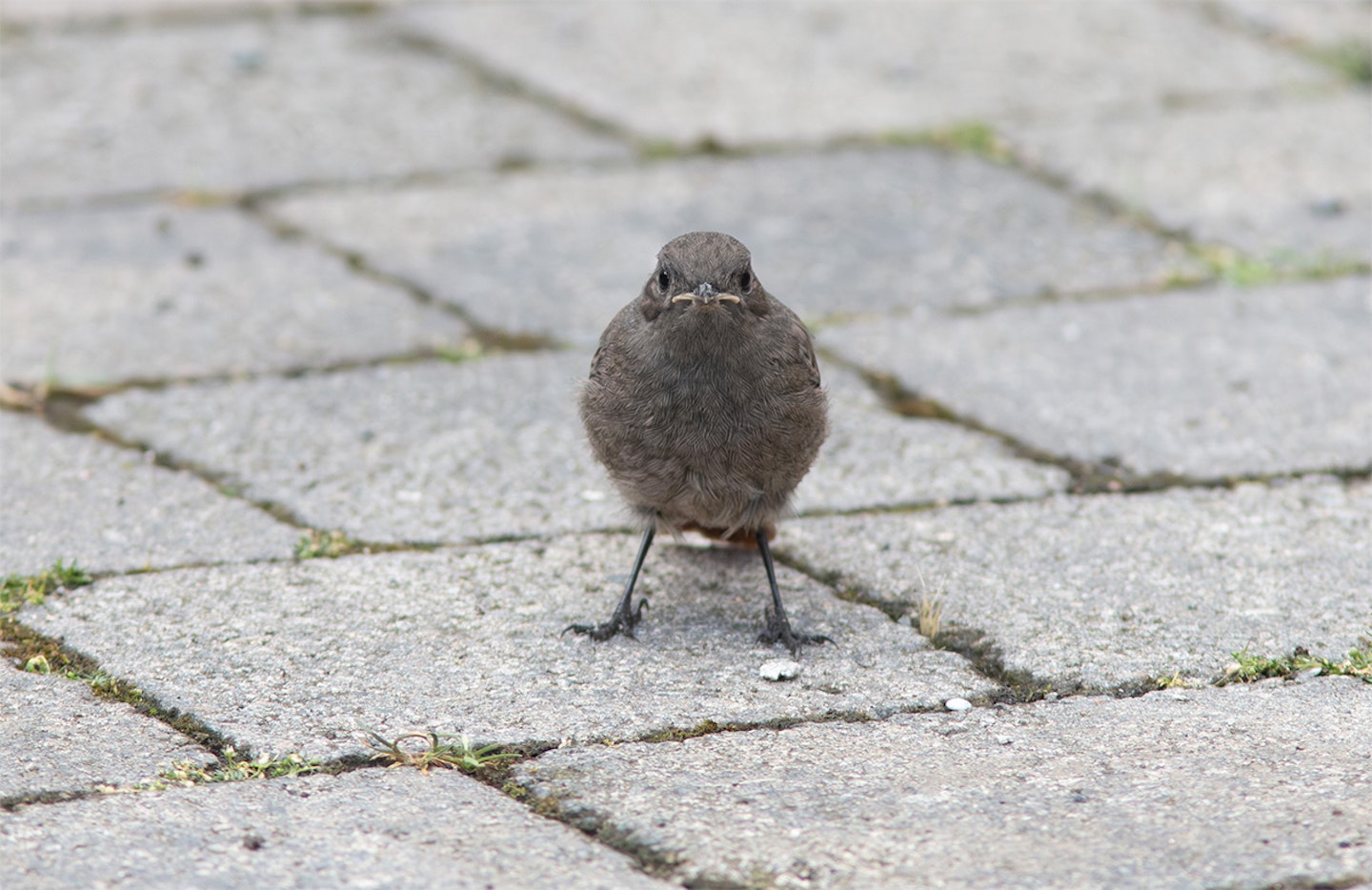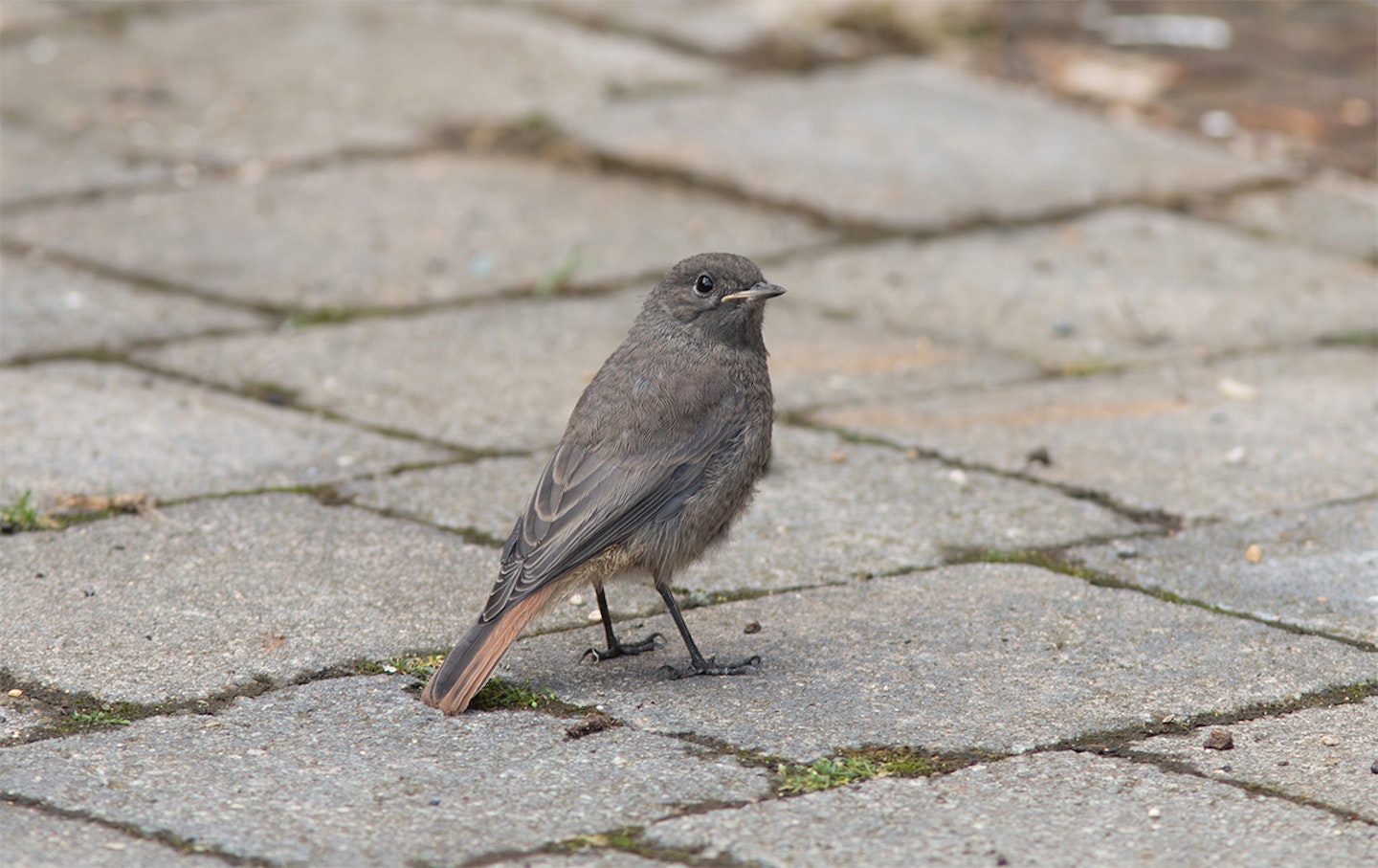
It was great to talk to everyone at the Global Bird Fair in mid-July. Thank you very much for spending time to come and visit us on the Bird Watching stand, and for your kind words about the magazine and this column. One of our dear readers said how much she enjoyed reading Weedon’s World, but was sometimes left feeling almost breathless following my dashings from one bird to the next. And a couple of others were even bordering on disbelief about the riches of birds I have seen at such sites as Deeping Lakes LWT in south Lincs…
So, this month, I will spare you the tale of my ‘perfect day’ on 29 June (my older brother’s birthday), when I started the day finding (and year-ticking) a flock of 10 Crossbills (at a place called Southey Wood), before driving to Deeping Lakes, where there I found two Little Terns fishing for about 20 minutes before they flew off north-east. Later, I visited our secret local Ospreys and saw the tiny babies for the first time, before I revisited Deeping Lakes and chanced upon the reserve’s first Norfolk Hawker (dragonfly). I finished the day listening to a singing Quail in a wheat field near Crowland.
I won’t mention, either, how I took the day after the GBF off and, after an early morning fly-by of a Bittern at another site, found myself again at Deeping Lakes, where I happened upon a red summer adult Curlew Sandpiper (the first of that plumage ever recorded at the reserve).
Nor will I tell the tale of how, just before the GBF, I discovered a nest with four darling baby Robins on the Ivy-shaded windowsill overlooking our jungly front garden. And how, just after the GBF, our son Ed found the Robins’ nest tragically empty, presumably destroyed by a cat, or perhaps a Magpie.
Instead, I will talk about the events of today, 21 July. I was lazily still sleeping at 6.45 this morning (as Jim Morrison would say, “No eternal reward will forgive us now for wasting the dawn”), when I was woken by a phone call from my friend and huge Black Redstart-enthusiast, Don Gardener. At 7am, I was scanning rooftops with Don and soon we were watching a second-calendar-year male Black Redstart in full song, complete with the scratchy, voiceless phrase that Lars Svensson, in Collins Bird Guide, transcribes as ‘krschkrschkrsch’.
Don had seen the singing bird earlier, and it or another at close range, near where we were currently standing.
After a quiver of its fiery tail, the young male singer (which effectively looked like a female) dropped off its roof top, and down to a lower level, where it seemingly disappeared into a cavity in the corner of wall of an old house. A few seconds later, another female-looking bird appeared and flew up briefly to the same cavity. Had we discovered a potential Black Redstart nest-site?
Then things went quiet for all of about three minutes before I caught a bit of movement out of the corner of my eye of something small and low down, seemingly dashing under a parked car. Out hopped a Black Redstart, bold as brass. Remarkably, it was a juvenile – a slightly scruffy, loose-plumaged bird, with an obvious yellow gape, looking like a grey version of a baby Robin, with a quivering orange tail!
Surely, this ‘tame’ little bird was proof of successful breeding of Black Redstarts in the Peterborough area. This is a wonderful thing. When I first moved here, in 2000, there were said to be about four pairs nesting around the city. When I took part in my first 24-hour ‘bird race’ in the Peterborough area, in May that year, I clearly remember seeing a singing male Black Redstart on a small shed in a scruffy yard which is now the tarmac car park of our local Lidl. One of the reasons we moved into the house in which we live is that it is less than 400m from the last regular nest site of these urban firetails in the city (I fancied they may visit our house, one day). Sadly, that site in a derelict building has long since been demolished and tidied up, as progress gradually removed Black Redstart habitats from the city. It is a pattern seen across the country, which saw the breeding population peaking at 120 pairs, but is now down to fewer than 60 pairs nationwide.

Every several years, though, whispered reports come of singing birds from near the cathedral or some other ancient close – areas of the city which have been little changed in their bones. And somehow, these most urban of birds periodically rediscover this potential nesting habitat. Are they descendants of the last known breeders? Have Black Redstarts continuously bred in the city, yet gone by undetected? Or are this year’s nesters just birds which happened to be passing through and chanced upon a site which suited their needs? Perhaps we will never know, but it was especially delightful to see a young BR this morning. It is some consolation, at least, for the loss of our dear baby Robins (which I won’t mention).
